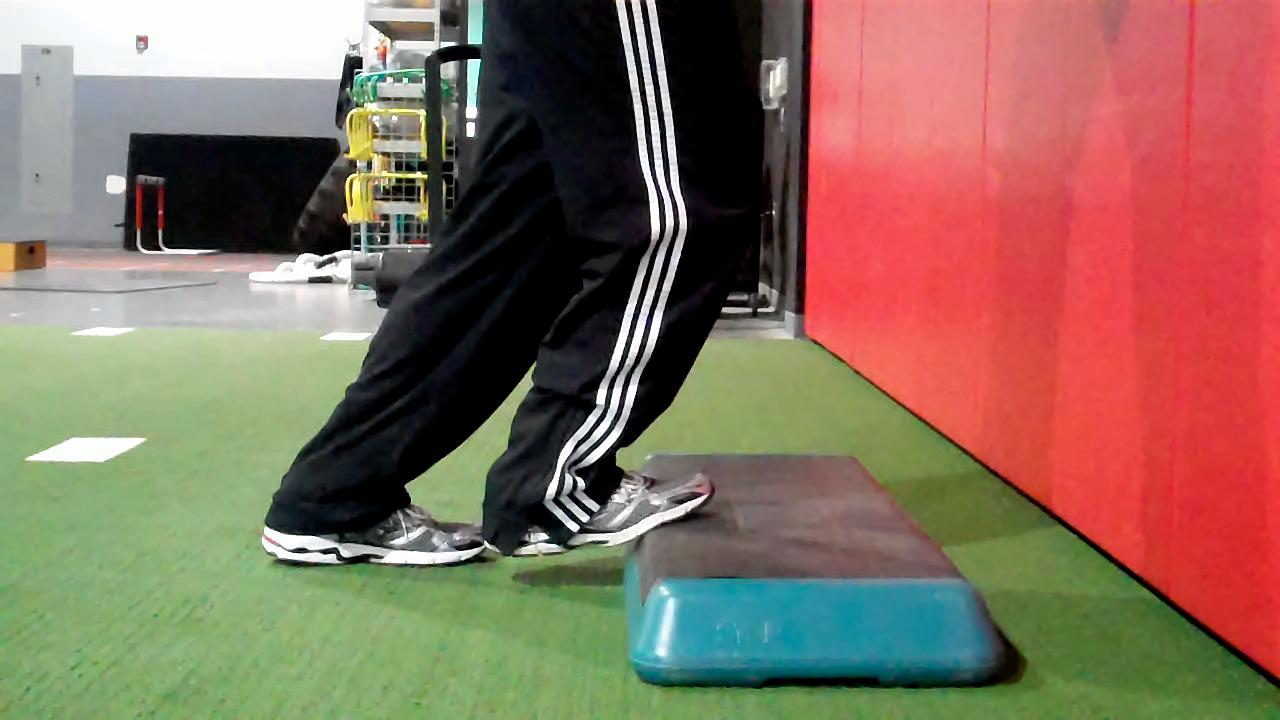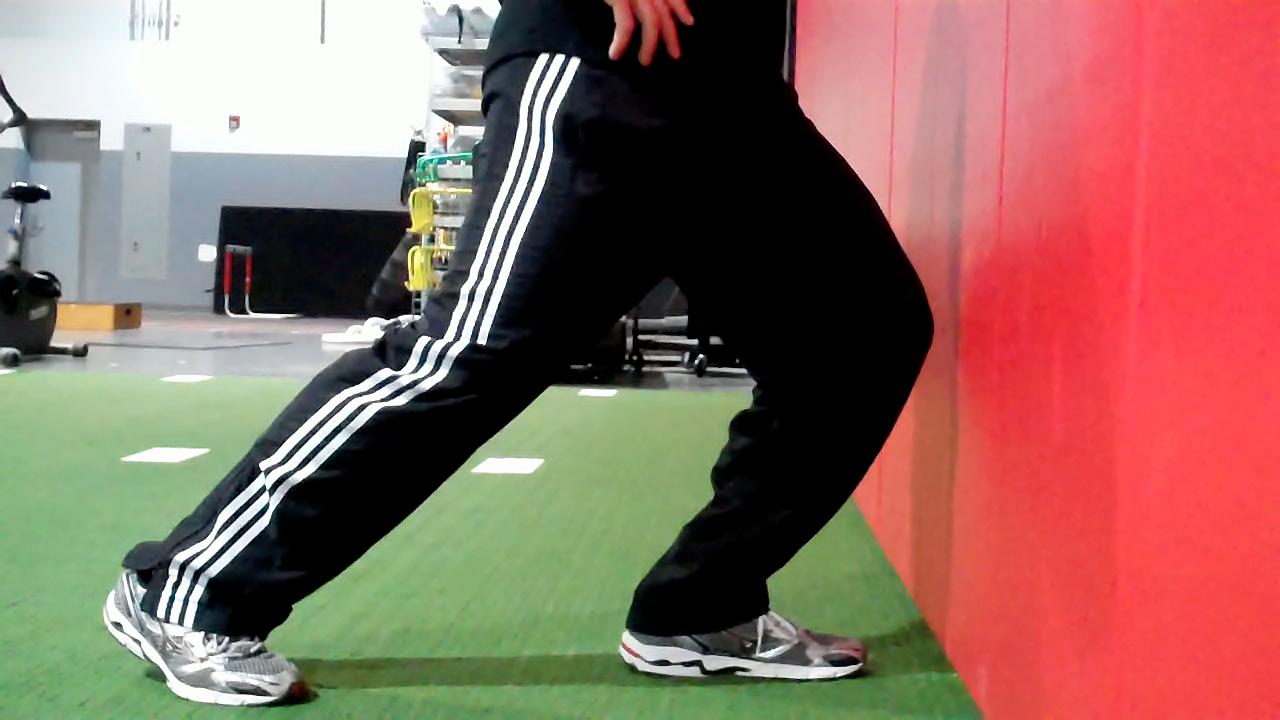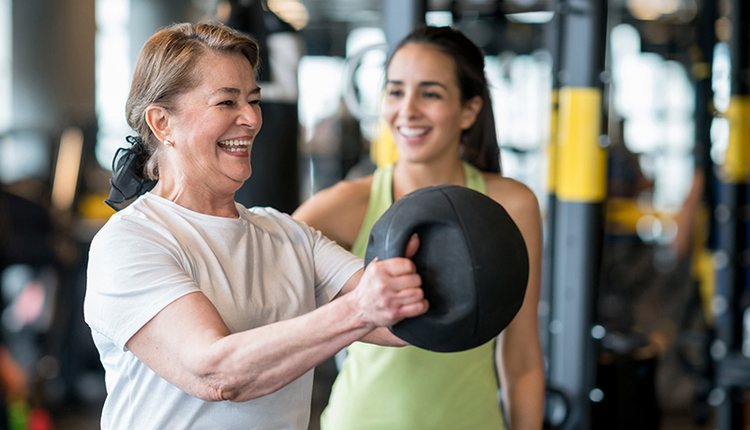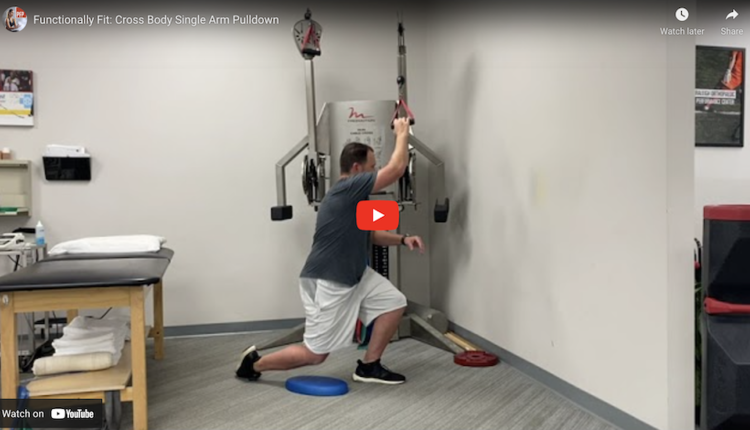![Enews[1] Enews[1]](https://cms-static.wehaacdn.com/fit--pro-com/images/Enews-1-.2564.0.0.jpg)
In his last column, Brian demonstrated screening tools used to asses and identify ankle asymmetries. In this column, Brian demonstrates a basic series ofexercises to begin mobilizing the soleus and addressing soft tissue/ankletightness.
See 'Related Resources' below for past Functionally Fits and other exercises and training tips.
Note: Keep in mind the movements I revealed in the previouscolumn were screening procedures (not exact tests per se) designed to provide agross assessment and identify any asymmetries. On average, I find most peoplecan extend the knee between three and six inches beyond the toe in the halfkneeling assessment. Do not overanalyze the screen -- just look for obviousdifferences.
With that in mind, you can obtain a rough percentage ofdifference between sides. I would not worry about differences less than 10%. Forexample, I had a 9-year-old soccer player who scored two inches on one side(past ankle sprain) and thee inches on his other side. He could jog fine butlimped with running. In his case, this measurement equated to an approximate33% deficit in closed chain dorsiflexion which made a significant impact on hisrunning mechanics.
After an injury, it is common to see a loss of ankledorsiflexion. Keep in mind the ankle prefers to be in what is known as the "loosepacked" position of plantarflexion when pain or swelling is present. Immobilizationis another contributing factor to loss of motion. This may lead to jointstiffness as well as soft tissue restrictions in the fascia and gastroc/soleuscomplex.
However, people without injuries may also display tightnessin the soleus. In today's column, I will review the first basic series ofexercises I use to begin mobilizing the soleus and addressing soft tissue/ankletightness.
Sequential Mobilization Exercises
|
|
|
Brian Schiff, PT, CSCS, is a licensed physical therapist,respected author and fitness professional. Currently, he serves as thesupervisor at the Athletic Performance Center in Raleigh, NC. Brian presentsnationally at several professional conferences and seminars on injuryprevention, rehab and sport-specific training. For more cutting edge traininginformation, subscribe to his monthly Training & Sports Medicine Update at www.BrianSchiff.com.
 Foam Rolling: Use the foam roller to release the soleus and resolve any soft tissue and fascial tightness in the gastroc/soleus complex. Perform 30 seconds of rolling with the leg in neutral, internal rotation and external rotation. For added pressure, you may place the other leg on top of the shin of the rolling leg.
Foam Rolling: Use the foam roller to release the soleus and resolve any soft tissue and fascial tightness in the gastroc/soleus complex. Perform 30 seconds of rolling with the leg in neutral, internal rotation and external rotation. For added pressure, you may place the other leg on top of the shin of the rolling leg. Bent-Knee Step Stretch: Using a low box, place the ball of one foot on the box while the rear foot is flat on the ground. Next allow the knee of the stretch leg to bend and move forward beyond the foot as you lean forward into the stretch. Hold the stretch for 30 seconds and repeat two to three times.
Bent-Knee Step Stretch: Using a low box, place the ball of one foot on the box while the rear foot is flat on the ground. Next allow the knee of the stretch leg to bend and move forward beyond the foot as you lean forward into the stretch. Hold the stretch for 30 seconds and repeat two to three times. Standing Knee Wall Touches: Stand facing the wall and far enough away so that the kneecap can just barely tap the wall (or fall just short) as the weight transfers forward toward the wall. Avoid ankle pronation and hip internal rotation/adduction while maintaining the desired patella tracking pattern over the second toe with the heel flat on the ground. Once this becomes easy, have the client inch back again until a stretch is felt at end range again. Perform one to two sets of 15 repetitions pausing for two to three seconds at the wall each time.
Standing Knee Wall Touches: Stand facing the wall and far enough away so that the kneecap can just barely tap the wall (or fall just short) as the weight transfers forward toward the wall. Avoid ankle pronation and hip internal rotation/adduction while maintaining the desired patella tracking pattern over the second toe with the heel flat on the ground. Once this becomes easy, have the client inch back again until a stretch is felt at end range again. Perform one to two sets of 15 repetitions pausing for two to three seconds at the wall each time.















